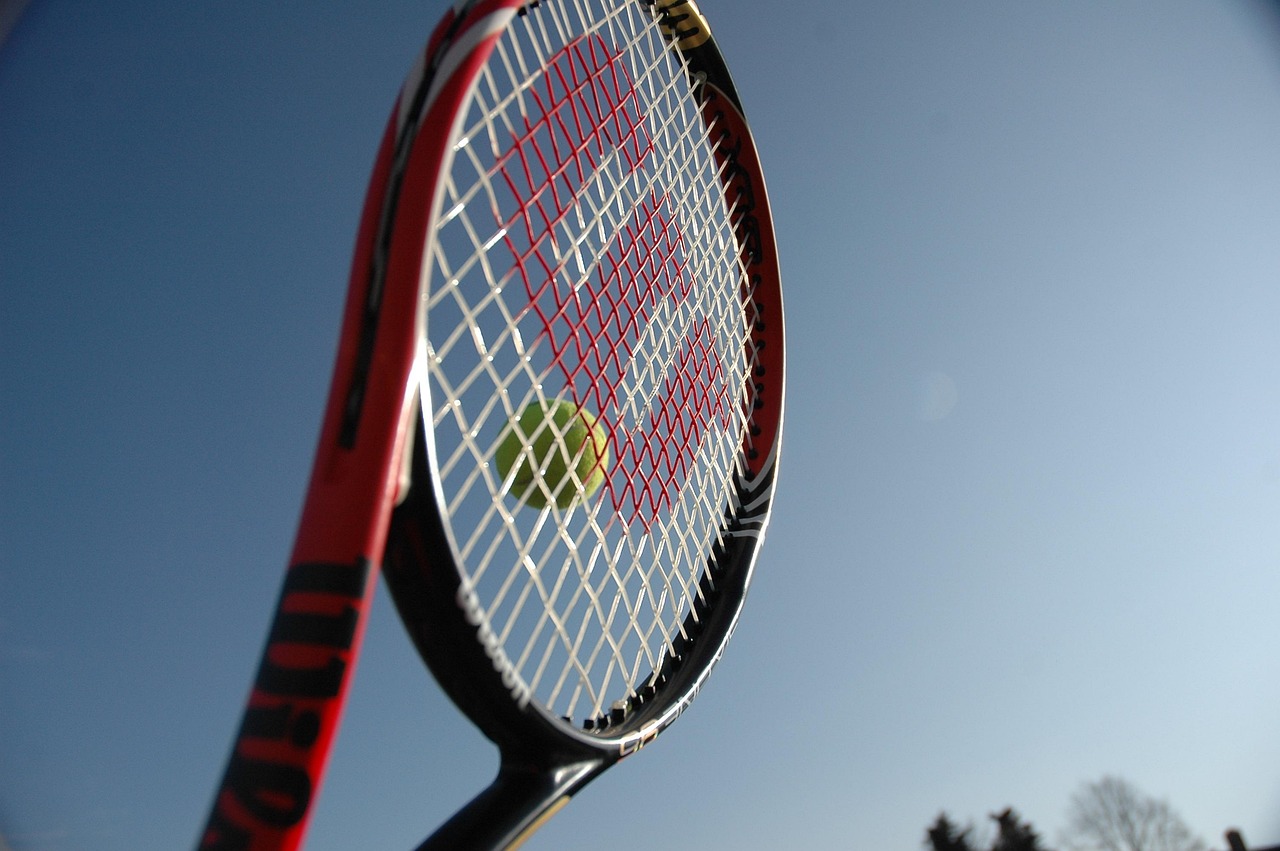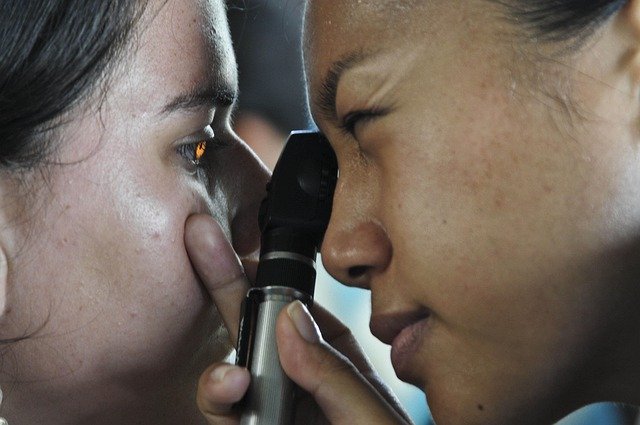The Intricacies of Biomechanics in Tennis: A Comprehensive Analysis
Tennis, a sport rich in history and tradition, is a perfect canvas for the study of biomechanics. This article delves into the fascinating world of tennis biomechanics, revealing how the understanding of physical principles can drastically improve performance and reduce injury risk.

A Historical Overview: Tennis and Biomechanics
The sport of tennis has been an arena for the application of biomechanics since its inception in the 19th century. Early players intuitively applied principles of physics to improve their performance, even if they didn’t fully understand the science behind it. In the 20th century, with the advent of video technology, researchers began to quantify and analyze the biomechanics of tennis strokes in detail, leading to a revolution in coaching and performance enhancement.
Biomechanics Explained: The Science Behind the Swing
Biomechanics is the study of how the human body moves and how it interacts with external forces. In tennis, it examines how different body segments work together to produce effective strokes. Understanding the biomechanics of a tennis stroke can help players optimize their technique, power, and accuracy while minimizing the risk of injury. For example, the kinetic chain—a concept in biomechanics—explains how energy is transferred from larger, more stable body parts to smaller, more mobile ones during a tennis stroke.
Current Trends: Biomechanics and Modern Tennis
Modern tennis has become a more power-based game, and understanding biomechanics is crucial to achieving that power without compromising technique or risking injury. High-speed cameras and motion capture technology are increasingly used to analyze players’ movements in great detail, providing valuable data to enhance performance. Advanced training programs now integrate biomechanical analysis to fine-tune players’ techniques and movements, thereby maximizing their efficiency on the court.
Practical Application: Biomechanics in Real-World Tennis
While the theory of biomechanics can be complex, its application in tennis can be quite practical. For instance, understanding the role of the kinetic chain can help players generate more power in their serves. Similarly, knowing how joint angles and body positioning affect the trajectory and spin of the ball can help players improve their shot-making skills. Moreover, a biomechanical understanding can help in injury prevention by guiding players on how to move and strike the ball in a way that reduces stress on the body.
Research-Backed Advantages and Challenges of Applying Biomechanics in Tennis
The application of biomechanics in tennis is backed by extensive research indicating its benefits in enhancing performance and reducing injury risk. However, it also presents challenges. Not every player’s body moves the same way, and what works well for one player might not work for another. Hence, a personalized approach is crucial in applying biomechanics in tennis.
In conclusion, the understanding of biomechanics presents an exciting frontier for tennis. It offers players and coaches the scientific tools to decode the intricacies of the game and achieve optimal performance. As we continue to refine our understanding of these principles, we can expect to witness even greater feats of athleticism and skill on the tennis court.




